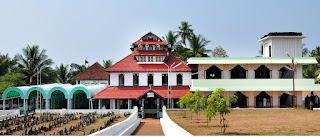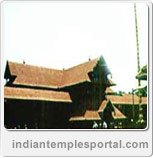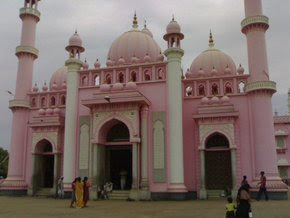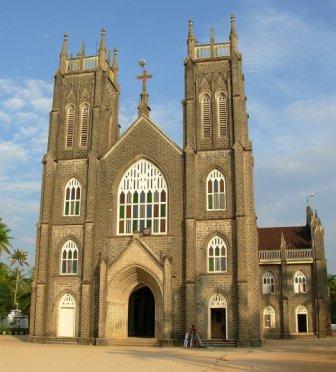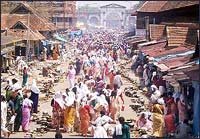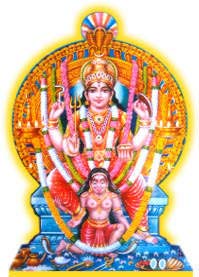Malayattur is a village about six miles to the north¬east of Kaladi, the birth place of the Hindu philosopher Sri Sankara. Situated on the banks of the Periyar and covered with thick hills, it is rightly called Malayattur. The rich scenery of the surging mountains and crys¬tal waters of the Periyar is an attraction for all kinds of pilgrims

St. Thomas shrine at Malayattur is believed to be one of the ancient catholic shrines in the northern part of the State. The chief festival at the shrine is celebrated on the Sunday after Easter that is the second Sunday, since the first moon, after the Vernal Equinox (March 21). The Feast, therefore, falls generally in the month of April or at times in the last week of March. The Octave is celebrated on the follow¬ing Sunday. The pilgrims have to climb a hill nearly 2000 feet high and on top of it is the church. It is only a small sanctuary, a very plain building with no artis¬tic attraction. The pilgrims chant prayers as they climb up and down the hill. The Grand Father whom the pilgrims invoke in their prayers is none other than St. Thomas, one of the 12 disciples of Jesus Christ. It is now admitted by a vast majority of writers that St. Thomas preached Christianity in India and erected seven churches and crosses in Malabar.
During the days of the festival, ceremonies are held in the open air. A visit to the shrine of Malayattur during the festival days is very interesting, be he a Christian or a non-Christian. So inspiring is the scenery of the hill and dale which seem to sing the glory of the Creator.

